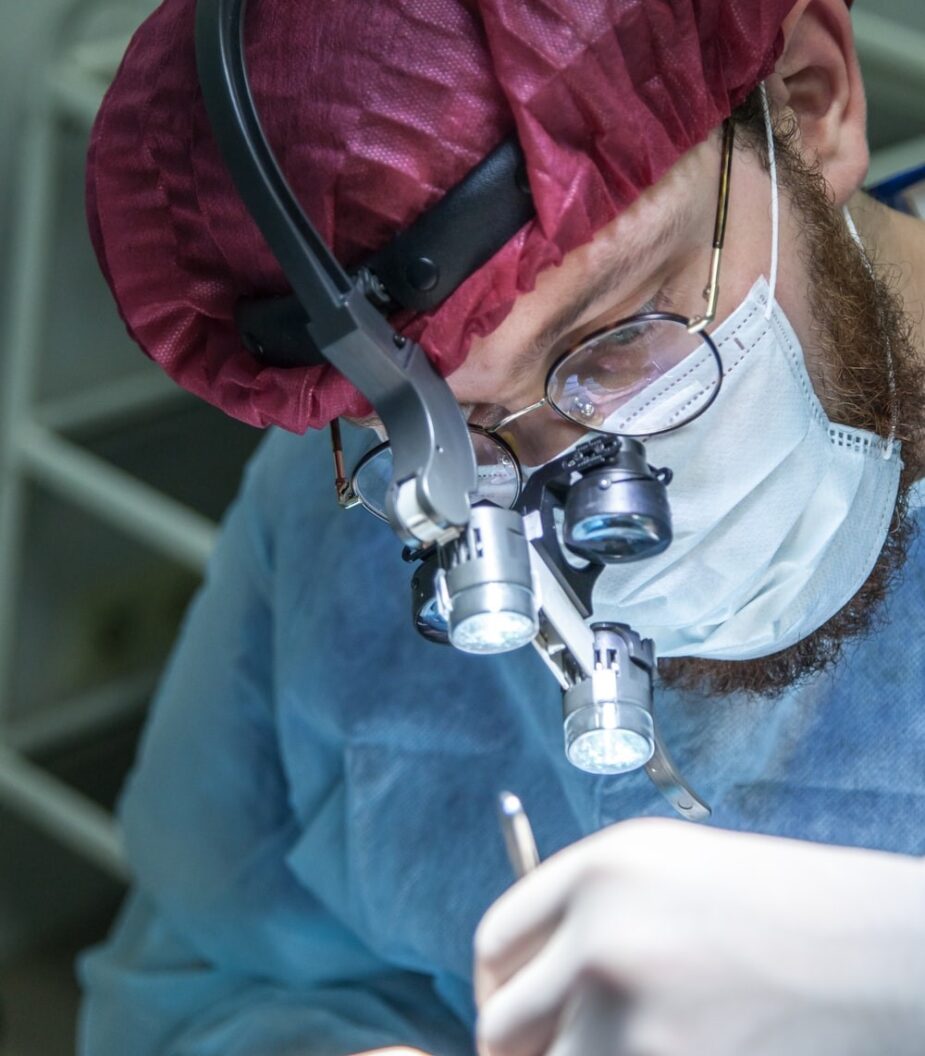Who Requires Cardiac Surgery?
Patients who require cardiac surgery have either a congenital heart defect or an adult age-related issue, such as coronary artery obstruction or leaky and deformed valves. These are frequently people whose cardiac abnormalities can no longer be controlled or treated alone with medications. The need is more pressing today than ever before, as a result of rising lifestyle-related ailments, and current trends indicate that by 2030, India will be the world capital of diabetes and heart-related issues, many of which may necessitate surgery. The average age of persons undergoing surgery has decreased, and we now frequently see patients in their fourth and fifth decades of life seeking heart surgery.
Conditions that frequently necessitate cardiac surgery
Congenital defects such as Atrial Septal Defects or Ventricular Septal Defects (holes in the heart) or Tetralogy of Fallot (Blue Baby), or persons who develop Coronary Artery Disease (an artery blockage) or Valvular Defects (Stenosis or narrowing down and regurgitation or leaky valves). All of this was previously accomplished by the traditional open technique with lengthy recovery, but the same spectrum may now be accomplished through Minimal Invasive Cardiac Surgery with a shorter hospital stay and faster return to regular life.
How a Cardiac Surgery Benefits a Patient
Unlike medical treatment alone or in combination with interventions that provide temporary or palliative relief, making it suitable as a bridge therapy or for elderly people, cardiac surgery addresses the problem and is often regarded as a permanent solution and destination therapy, having developed in the earlier part of the century and saving millions of lives.
Today, the benefits of a century of research and rigour can be combined with the added benefit of MICS (which became possible with the development of computers, digital video and photography, imaging capabilities, and highly ergonomic instruments), and the problem of operating on elderly frail people and faster recovery from surgery (the benefits of interventional techniques) have been addressed with the authority of a surgical repair. Since its founding 18 years ago, we have successfully performed about 40,000 procedures on patients ranging in age from 86 to a few days or a month old.
The abbreviation MICS stands for Minimally Invasive Cardiac Surgery.
It entails surgery with far smaller incisions (cuts) than typical sternotomy or thoracotomy techniques, resulting in less blood loss, better cosmesis, quicker healing, and earlier return to normal activities. MICS has seen the light of day during the last three decades, thanks to advancements in instrumentation and computer-aided imaging, improved digital high-precision cameras, and a paradigm change in the fields of robotics and ergonomic digital instrumentation. It is now a reality, with its arms spreading to practically every element of cardiothoracic surgery. VATS (Video-Assisted Thoracoscopic Surgery) refers to the thoracic arm, whereas MICS refers to the cardiac arm (Minimally Invasive Cardiac Surgery).
MICS may be used to execute the following tasks:
MICS has been utilised to conduct both epicardial (closed heart) and endocardial (open heart) procedures such as adult aortic and mitral valve surgeries, as well as paediatric (congenital) abnormalities such as Atrial Septal Defect (ASD) and Patent Ductus Arteriosus (PDA).
Furthermore, successful procedures in the direction of performing complicated congenital surgeries utilising the MICS technique have been carried out, making it simpler for the kid to cope with the stress of the surgery.
Learn about some of India’s greatest minimally invasive heart surgery experts.
The best cardiac surgeons in India are not just talented, but they’re also up to speed on the latest surgical methods and treatments.
What makes MICS unique?
MICS is unique in that it requires the use of a whole distinct set of surgical equipment. The operating theatre must also be hybrid, with imaging capabilities and the ability to use videoscope-assisted and/or robot-assisted equipment. To perform surgery, the whole surgical team must be trained, from the surgeon to the assistant surgeon, nurse, and anaesthetic. Furthermore, the surgical learning curve is frequently long and high. However, because to the volume of cases we handle, our centre is likely the only one in Eastern India to provide the full range of MICS and VATS to the general public. We have done many additional firsts in the field of minimally invasive cardiothoracic surgery.
The popularity of minimally invasive surgery (MIS) is growing rapidly, and for good reason. It offers a number of advantages over traditional surgical techniques, which were developed largely to limit harm to the chest wall tissues. As a result, an increasing number of surgeons and patients are choosing MIS for therapy.
The following are some of the advantages of minimally invasive cardiac surgery:
Shorter Hospital Stay:
MIS requires just 3 to 5 days in the hospital, compared to 5 to 7 days for a standard sternotomy-based heart procedure.
Patients receiving conventional incision heart surgery are prohibited from driving a car or lifting anything weighing more than 5 pounds, but patients undergoing minimally invasive cardiac surgery are not subject to such limitations.
Shorter Recovery Time:
Recovery time for minimally invasive cardiac procedures is 2 to 4 weeks, compared to 6 to 8 weeks for traditional sternotomy-based cardiac procedures.
Smaller Incision: A smaller incision leads in a smaller scar, which improves cosmesis. Due to the social stigma associated with surgical scars, this is frequently a top goal for females. A smaller cut also means less surgical trauma, which is ideal for septuagenarians who may require life-saving heart surgery.
Minimal Blood Loss:
This implies fewer blood transfusions are required, resulting in less immunosuppression, a decreased risk of infection, and a lower risk of transfusion-related problems.
Less Pain:
The patient has to suffer significantly less pain due to the tiny cut, less blood loss, and shorter recovery time.
Looking for India’s Best Heart Surgery Hospitals?
The best heart surgery hospitals in India for treating heart disease and sickness, ensuring that all of your cardiological needs are addressed.
